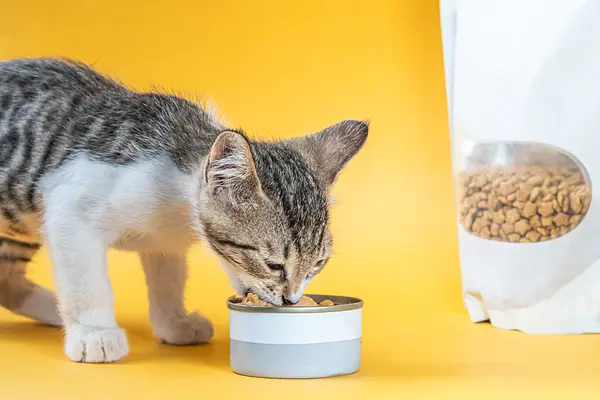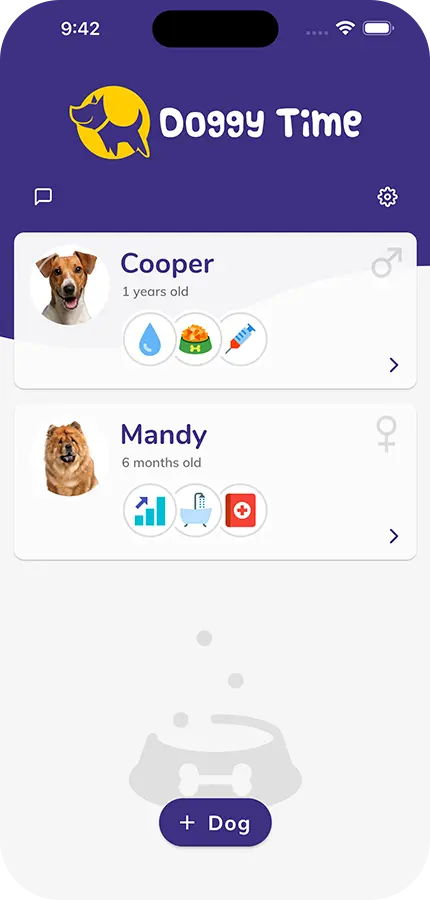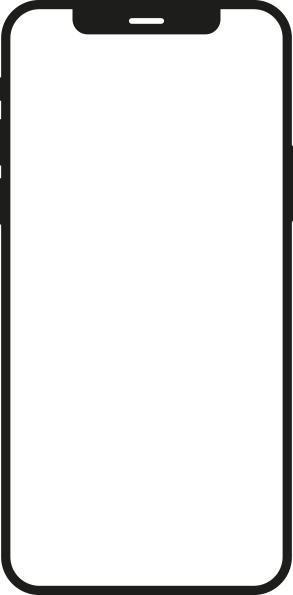Wait, did you mean to ask about cat feeding schedules? While I specialize in puppy training, I'm happy to share some insights about our feline companions too!
Creating a consistent feeding routine is one of the most loving things you can do for your cat. Just like our canine companions, cats thrive on predictability, and a well-structured feeding schedule can improve their health, behavior, and overall happiness. Let me walk you through everything you need to know about establishing the perfect mealtime routine for your furry friend.
Why Feeding Schedules Matter
Cats are creatures of habit, and they feel most secure when they know what to expect. A regular feeding schedule helps:
- Regulate digestion and prevent overeating
- Monitor your cat's health more easily (changes in appetite often signal health issues)
- Reduce anxiety and food-related behavioral problems
- Maintain a healthy weight through portion control
- Strengthen your bond through consistent care routines
Age-Appropriate Feeding Frequencies
Kittens (Under 1 Year)
Your little bundle of energy needs frequent, small meals to fuel their rapid growth: - 8-12 weeks: 4 meals per day - 3-6 months: 3 meals per day - 6-12 months: 2-3 meals per day
Adult Cats (1-7 Years)
Most healthy adult cats do beautifully on: - 2 meals per day, spaced 8-12 hours apart - Some cats prefer 3 smaller meals if they have sensitive stomachs
Senior Cats (7+ Years)
Older cats may benefit from: - 2-3 smaller meals to aid digestion - More frequent monitoring for health changes
Creating Your Cat's Ideal Schedule
Step 1: Choose Consistent Times
Pick meal times that work with your daily routine and stick to them. Many cat parents find success with: - Morning feeding: 7:00-8:00 AM - Evening feeding: 5:00-7:00 PM
Step 2: Measure Portions Carefully
- Use a proper measuring cup (not just any cup from your kitchen!)
- Follow feeding guidelines on your cat food package
- Adjust portions based on your cat's activity level and body condition
Step 3: Create a Calm Feeding Environment
- Choose a quiet, consistent location
- Use clean bowls (wash daily!)
- Keep food and water bowls separate
- Consider elevated bowls for senior cats
Step 4: Monitor and Adjust
Watch for signs that your schedule is working: - ✅ Your cat appears at meal times expectantly - ✅ They finish their food within 20-30 minutes - ✅ They maintain a healthy weight - ✅ No vomiting or digestive issues
Common Feeding Schedule Challenges
The "Always Hungry" Cat
Some cats seem to think they're starving between meals. Try: - Puzzle feeders to slow down eating - Adding more fiber to help them feel full - Ensuring you're feeding enough calories for their needs
The Picky Eater
If your cat turns their nose up at meals: - Stick to the schedule (don't leave food out all day) - Try warming the food slightly - Ensure the food is fresh and appealing
Multiple Cat Households
When you have several cats: - Feed them in separate areas to prevent competition - Monitor each cat's intake individually - Consider different schedules if cats have different needs
Pro Tips for Success
- Transition gradually if changing from free-feeding to scheduled meals
- Use meal times for bonding - talk to your cat while they eat
- Keep a feeding log to track patterns and health changes
- Be patient - it may take 1-2 weeks for your cat to fully adjust
- Stay consistent even on weekends and holidays
When to Consult Your Veterinarian
While feeding schedules are generally straightforward, reach out to your vet if you notice: - Sudden changes in appetite - Vomiting or diarrhea - Significant weight loss or gain - Difficulty eating or swallowing
Track Your Pet's Progress with Doggy Time
While this post focused on our feline friends, if you're also a dog parent (or thinking of becoming one!), consider trying the Doggy Time app. This comprehensive pet tracking tool helps you log daily activities, set feeding reminders, track training progress, and maintain detailed health records. With smart scheduling features and collaborative logging, it's perfect for busy pet parents who want to stay organized and ensure their furry family members get the best care possible.
Whether you're managing feeding schedules, potty training, or daily walks, Doggy Time keeps everything in one convenient place!
Health Disclaimer: The information provided in this blog post is for educational purposes only and should not replace professional veterinary advice. Always consult with your veterinarian before making significant changes to your cat's diet or feeding routine, especially if your cat has existing health conditions.






